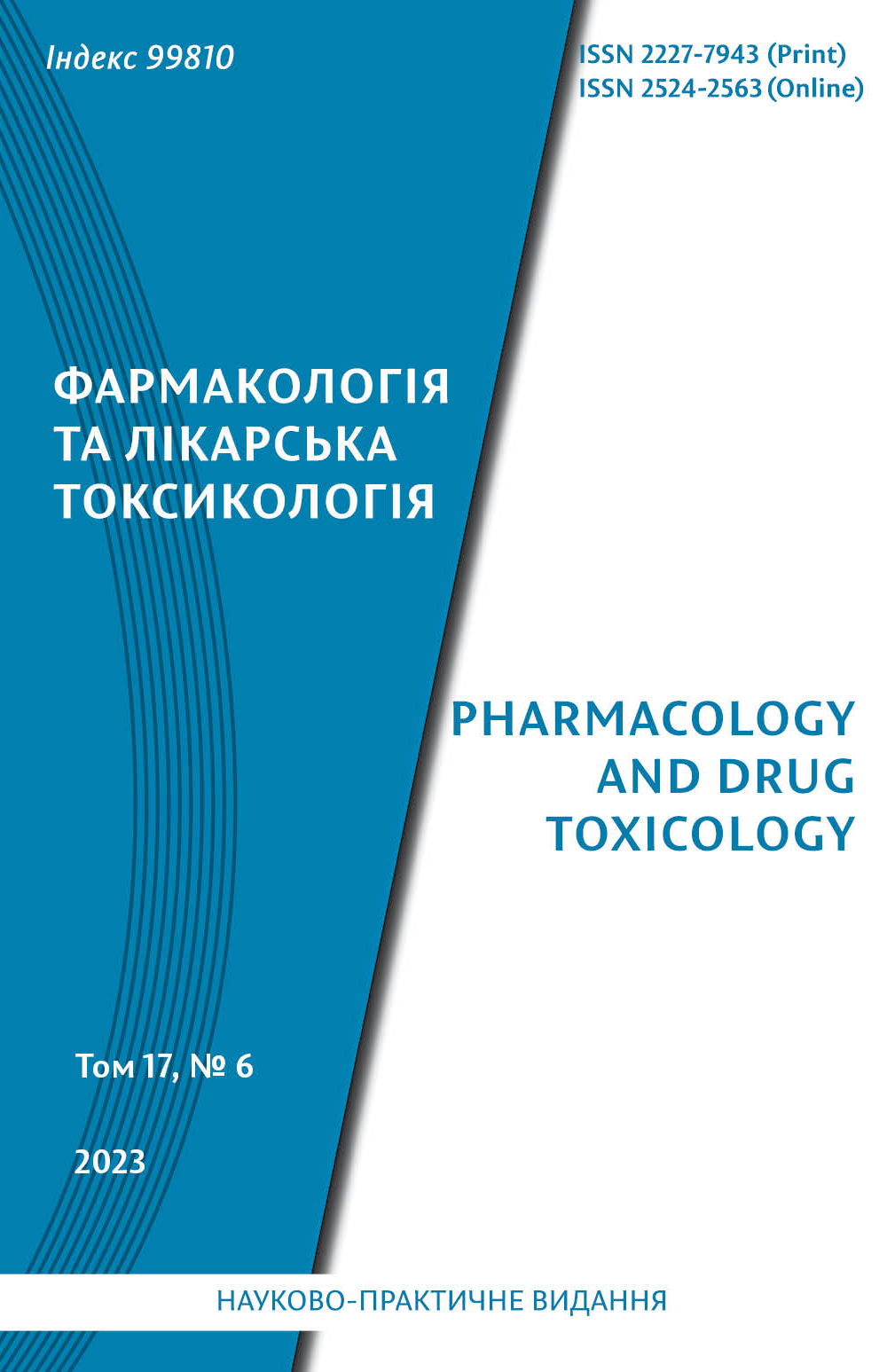Abstract
The aim of the study – to determine the influence of Al, Ca, Cu, Fe, K, Mg, Na, Zn cations at concentrations of 1 μg/l – 1000 mg/l on the accuracy of the quantitative determination of heavy metals (As, Cd, Hg, Pb) by inductively coupled plasma optical emission spectrometry (ICP-OES) method at concentration limits permitted by regulatory documentation.
The study was carried out on an optical emission spectrometer with inductively coupled plasma Agilent 5800 ICP-OES (plasma generator power 1200 W, nebulizer flow 0.65 l/min, stabilization time 20 s, reading time 30 s, monitoring line Ar 420,067 nm).
The metals content was measured by comparing the emission of tested solutions with the emission of standard solutions at the wavelengths: As 188,980 nm, Cd 226,502 nm, Hg 184,887 nm, Pb 220,353 nm. One-component solutions of As, Cd, Pb, Hg without any other metals were injected, then solutions of As, Cd, Pb, Hg of the same concentrations were injected with the addition of next metals (Al, Ca, Cu, Fe, K, Mg, Na, Zn) in the mixture or individually. To evaluate the results obtained, the requirements of the DFU were taken: the «found/introduced» ratio for quantitative determinations by the ICP-OES method should be in the range of 90–110%, and for microelements 80–120%.
The influence of metal impurities (Al, Ca, Cu, Fe, K, Mg, Na, Zn) at concentrations of 1 μg/l – 1000 mg/l on the accuracy of determination of heavy toxic metals (at maximum permissible concentrations in regula- tory documentation, respectively, As 20 μg/l, Cd 10 μg/l, Pb 50 μg/l and Hg 12 μg/l – taken as 100%) was studied by ICP-OES spectrometry. Individual solutions with additives of compounds of Al, Ca, Cu, Fe, K, Mg, Na, Zn, as well as solutions with a mixture of these 8 metals were used.
It was established that one-component solutions of Al, Ca, Cu, K, Mg, Na, Zn (concentrations 1 μg/l – 100 mg/l) and Cu, K, Na, Zn (1000 mg/l) have no influence on accuracy of As, Cd, Pb and Hg determination.
For one-component solutions of impurity metals salts, it was found that cadmium is the most sensitive heavy metal to impurities: the accuracy of determination deteriorates in the presence of iron (at Fe concentrations of 10, 100 and 1000 mg/l – the Cd content was found 110,1%,170,0% and 666,8% respectively), calcium (Ca 1000 mg/l – Cd content 120,8%), aluminum (Al 1000 mg/l – Cd content 130,5%). Lead is also sensitive to the presence of iron (at concentrations Fe 100 and 1000 mg/l): Pb content is 121% and 236,9%, respectively. The accuracy of Pb determination is also affected by calcium (Ca 1000 mg/l – Pb content was found 88,1%) and aluminum (Al 1000 mg/l – Pb content was found 80,5%). Aluminum (1000 μg/l) interferes with the detection of arsenic – the accuracy of determination deteriorates (As con- tent was found 130,5%). Determination of Hg in test solutions with individual metal impurities have a significant error in the presence of iron (Fe 1000 mg/l, found 61% mercury), magnesium (Mg 1000 mg/l, found 72,4% mercury), aluminum (Al 1000 mg/l, found 183,7% mercury).
In the case of As, Cd, Pb, Hg test solutions with additives of Al, Ca, Cu, Fe, K, Mg, Na, Zn (individual/ total concentrations from 1/8 μg/l to 1000/8000 mg/l) – cadmium is most sensitive to impurities. With a total concentration of impurities of 80 mg/l, the concentration of cadmium is overestimated to 129,5%. With an increase in the total concentrations of impurity metals to 800 and 8000 mg/l, the concentrations of all heavy metals are overestimated: As (110,4 and 143,6%), Cd (177 and 971,5%), Pb (115,6 and 178,3%), Hg (144,5 and 429,6% (respectively).
In conclusion, the deterioration of accuracy determination of As, Cd, Pb and Hg in the presence of other metals is obviously explained both by the interference of spectral lines (solutions of Fe 10, 100 mg/l, Al, Ca, Fe, Mg 1000 mg/l), and by excess salinity of solutions (solutions of Al, Ca, Cu, Fe, K, Mg, Na, Zn 100/800 and 1000/8000 mg/l).
The results obtained can be used for the determination of heavy metals (As, Cd, Pb, Hg) by ICP-AES method in medicines, substances, pharmaceutical raw materials, dietary supplements containing significant amounts of Al, Ca, Cu, Fe, K, Mg , Na, Zn; in particular, for the development of quality control methods and other regulatory documentation.
